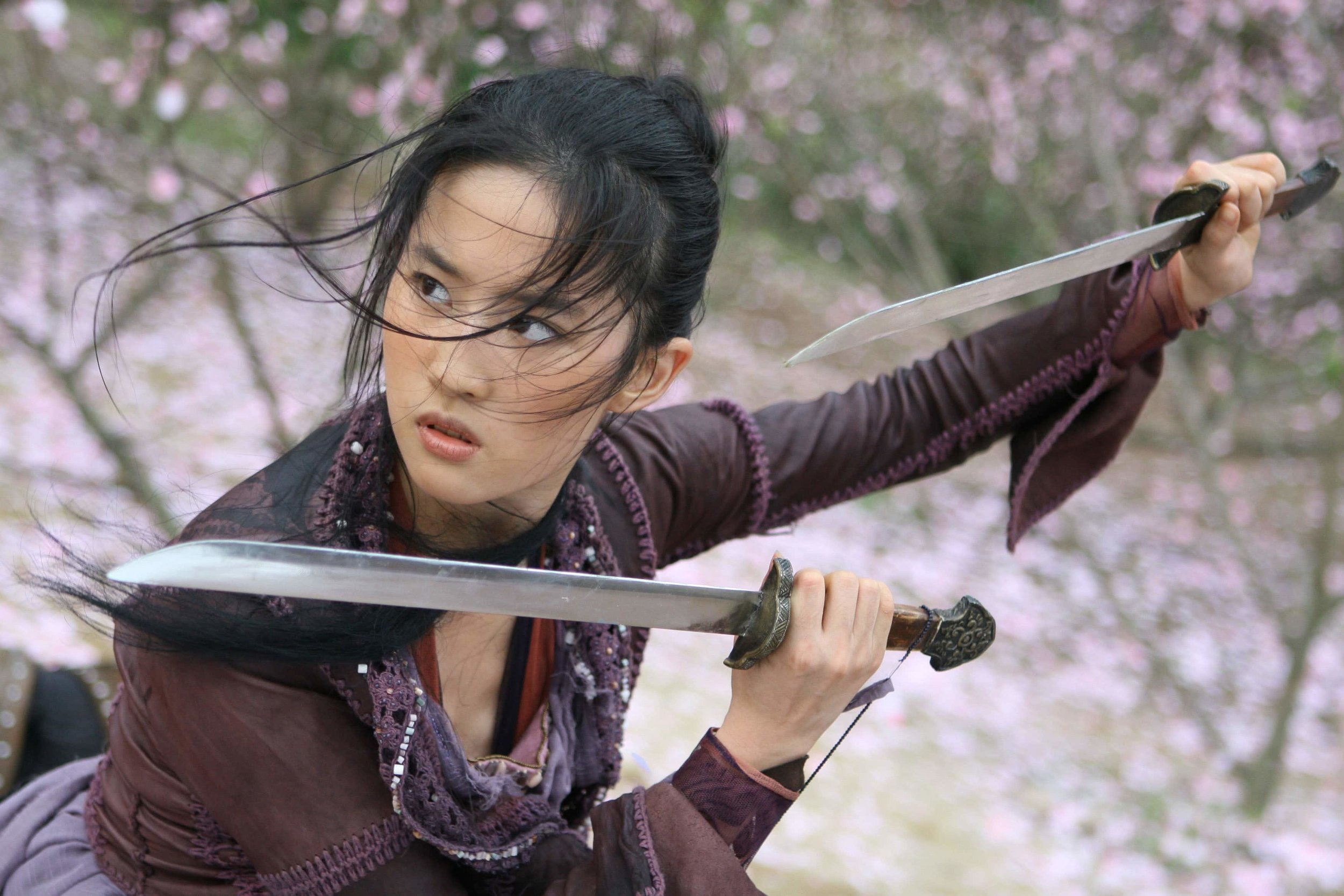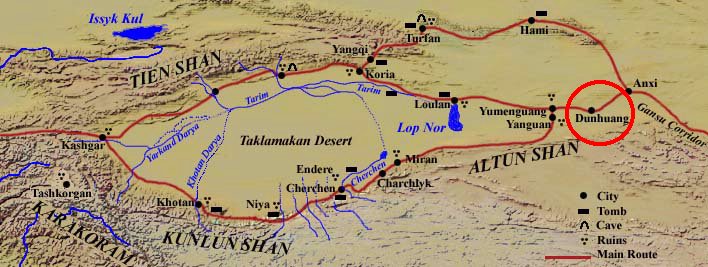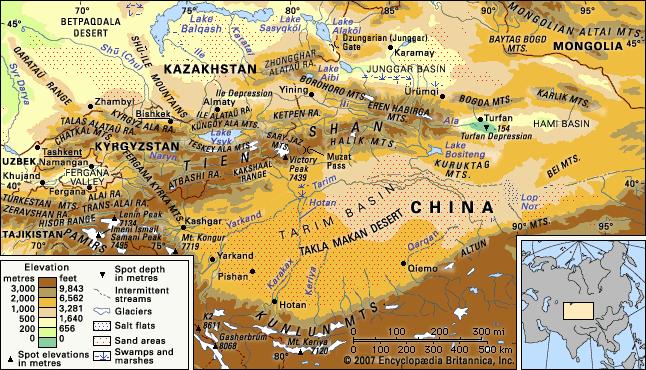The World's Most Powerful Dragons
/Hey Everyone!
Dragons are generally perceived as being benevolent in the East but as evil destructive creatures in the West. Whether you agree with this or no, I think we can all agree that most if not all dragons are very powerful, which Mathew Mcconaghey learned the hard way. Ooooooh, not smart, never bring an ax to a dragon fight. Anyway here are some other powerful dragons based on mythologies from around the world that you should never try to fight with anything less than the black arrow.
1. Bakunawa
the Bakunawa was a giant dragon/serpent. He has two sets of wings, and a mouth ‘the size of a lake, yeah a lake, try chopping at that Matthew McConaughey. The Bakunawa is also believed to be the god of the underworld and is often considered to be the cause of eclipses.
According to Filipino mythology, the Bakunawa lived in the sea at a time when the world had seven moons and it was so fascinated by the moon’s glow, that it would rise out of the sea and consume the moons. But each time it swallowed a moon, the moon would melt in its stomach, thus it consumed another.
To prevent the world from becoming dark the people would run out of their homes, taking their pots and pans, to make the most noise they could in order to scare the Bakunawa so it would stop eating the moons and give them the moonlight back. Interestingly, the name Bakunawa can be translated as ‘moon eater’ or ‘man-eater,’ because come on, if it can eat the moon it can certainly eat people. The term Bakunawa is also used to descript a greedy person or corrupt government official.
So this dragon was pretty powerful, I mean it could swallow the moon, but also kind of a coward. Pots and pans? come on!
2. The Need-Hawg
The need-hawg which means Malice Striker or Striker in the Dark is a powerful dragon found in Norse Mythology. So there’s this ash tree called Yggdrasill Yi Dra Sil also known as the world tree. This tree is so big, it holds the 9 realms of Norse mythology together and of course one of these realms is Asgard where Thor lives. But this crazy dragon is so powerful it’s trying to topple Yggdrasill and destroy all the realms because the root of the world tree is the only thing trapping him. Oh also there’s apparently an eagle that lives at the top of the world tree and this dragon and eagle are basically saying bad thing to each other, you know just trolling each other, and if you're wondering how they are able to communicate, well there’s this squirrel that basically deliver messages for both of them. So this is like an instant messaging insult match where instead of phones, we have a squirrel. And this squirrel is prob not helping things, he’s prob going up to the dragon, hey need-hawg the eagle said you ain't nothing.. and uh...he said your mama looks like a T-Rex.
Anyway, If need-hawg does chew his way through the root of the World Tree, it then heralds the arrival of Ragnarök Rog Na Rock and the subsequent destruction of the world. the Norse Judgement day. you know In the next Terminator movie, john conner should send a terminator back in time to team up with Thor to destroy this bad mouthing squirrel and prevent nose Judgment Day, they may have to go and kill that dragon too, Terminator 6 Terminator vs Norse Dragon, and squirrel...
3. Typhon
Typhon was considered the mightiest and deadliest monster in Greek mythology. He was the last son of mother earth Gaia and Tartarus, created as a last attempt to repel the Olympian gods from defeating the Titans.
Known as the "father of all monsters", Typhon was a fire-breathing dragon who had one hundred heads that never slept.
Typhon was the largest and most grotesque of all creatures that have ever lived. He was so tall that he towered over the highest mountains, and his head often brushed the stars. He was of human form down to his thighs, but he had huge snake coils instead of legs.
A hundred dragons’ heads sprung from his shoulders and his body was covered with feathers. His also had wings: and fire flashing from his eyes.
After the defeat of the Giants against the Olympian gods, Gaea wanted to punish Zeus for imprisoning her Titan children in Tartarus; thus, Typhon was born.
When Typhon challenged the heavens, the gods were so frightened by that they fled to Egypt and disguised themselves among the wild.
Zeus had to defend Mount Olympus so he threw bolts of lightning at Typhon. Typhon fought back with force and cut off several of Zeus' muscles from his hands and feet, leaving him helpless.
Hermes managed to get the muscles back to Zeus, who eventually trapped Typhon underneath Mount Etna. It is said to this day that the flames and steam that rise from the volcano are from this monster.
4. The Cockatrice
OK, this thing is crazy, the cockatrice is a mythical two-legged dragon with a rooster’s head. the cockatrice was supposed to be born from an egg laid by a chicken and incubated by a toad or snake. But just because this thing is a chicken, doesn’t mean it is Chicken if you know what I mean, this thing is ferocious and it is powerful. It has the ability to kill people by either, breathing on them, touching them or just looking at them.
It was said that the weasel is the only animal that is immune to the glance of a cockatrice. Apparently, the only way to kill it would be to let it hear a rooster crow of getting it to look itself in a mirror.
5. Dragon Kings
In China, as well as in South Asia, the Dragon or Long is commonly the symbol of nobility, solemnness, holiness, and good fortune.
Chinese dragons are strongly associated with water in popular belief. They are believed to be the rulers of moving bodies of water, such as waterfalls, rivers, or seas. In traditional Chinese beliefs, there are four major Dragon Kings, representing each of the four seas: the East Sea (corresponding to the East China Sea), the South Sea (corresponding to the South China Sea), the West Sea (sometimes seen as the Indian Ocean and beyond), and the North Sea (sometimes seen as Lake Baikal).
Because of this association, they are seen as "in charge" of water-related weather phenomenon. In premodern times, many Chinese villages (especially those close to rivers and seas) had temples dedicated to their local "dragon king". In times of drought or flooding, it was customary for local officials to lead the community in offering sacrifices and conducting other religious rites to appease the dragon, either to ask for rain or to ask for the rain to stop. These dragon-kings are also known to have a fierce temper and when that happens, crazy weather and floods could occur wiping out entire villages.
You know I wonder what would happen if all these dragons just got together and had dragons only fight club, I wonder who’s gonna win. Maybe the Cockatrice because all it has to do is look at other dragons, but then any of the other dragons could just bring a rooster. The Bakunawa could just try and swallow the other dragons, but then the dragon kings could just floor his stomach full of water. I really don’t know. I’m just gonna go ahead and bet on the squirrel.

































